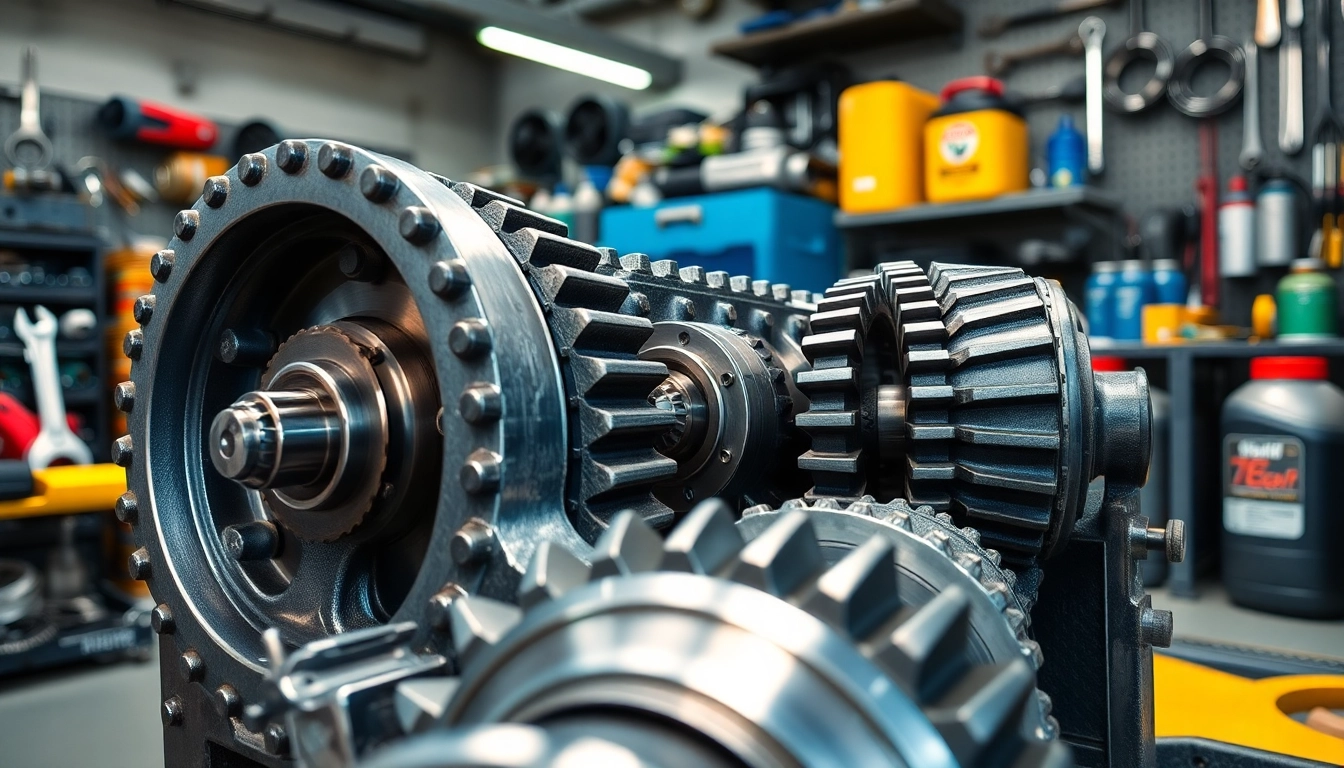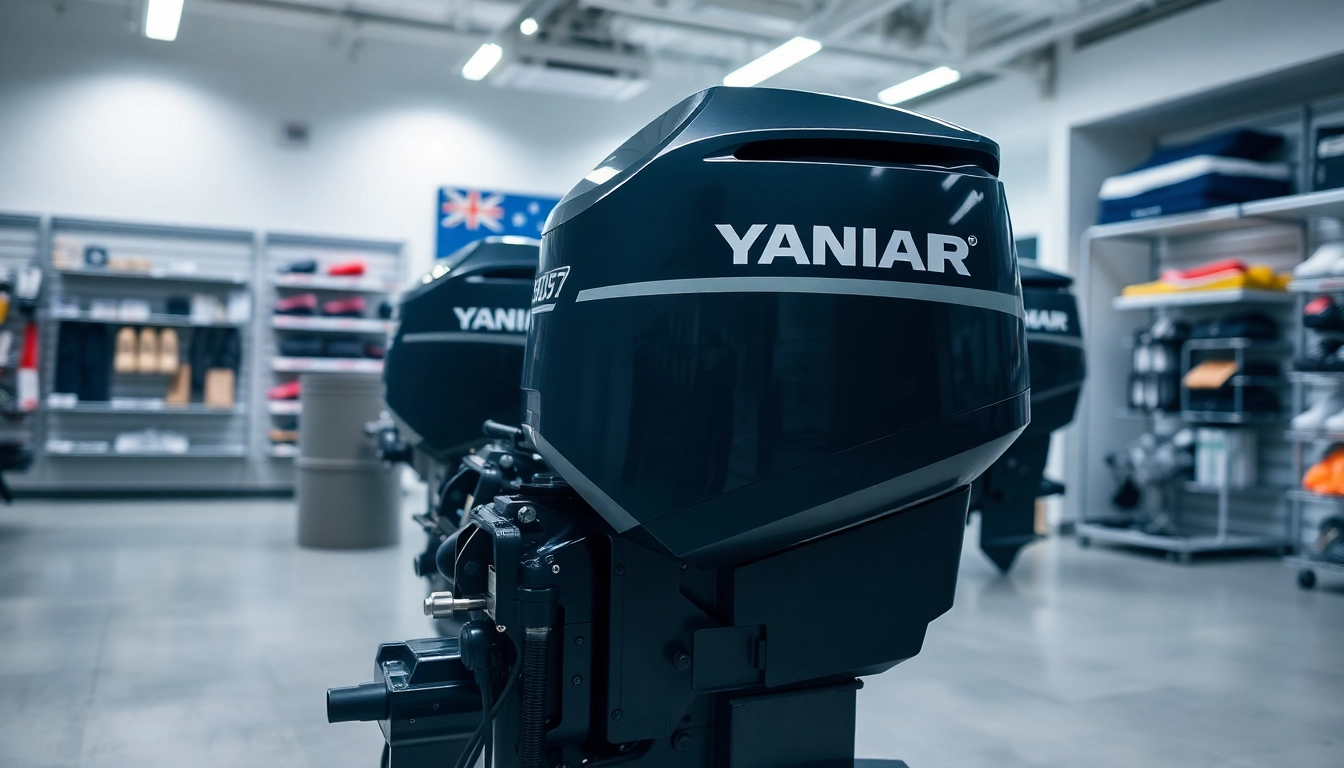1. What is a Gearbox Syncro?
1.1 Definition and Purpose
A gearbox syncro, short for synchronizer, is a critical component in the transmission of a vehicle. Its primary function is to synchronize the rotation of the gears in a manual transmission system, allowing for smooth and seamless shifting between gears. The syncro achieves this by matching the speeds of the gears to prevent grinding and ensure that they engage effectively. This not only enhances the driving experience but also protects the transmission from unnecessary wear and damage.
1.2 Types of Gearbox Syncros
There are several types of gearbox syncros, each designed for specific applications and performance requirements:
- Conical Syncros: These are the most common type, featuring a conical shape that facilitates smooth meshing of gears as they engage.
- Dog Engagement Syncros: Primarily used in racing applications, these syncros utilize dog teeth to engage gears, providing quick shifting but requiring precise alignment.
- Multi-cone Syncros: Designed for high-torque applications, these syncros use multiple cones to increase the surface area for friction, improving engagement and reducing wear.
1.3 Importance in Automotive Engineering
The importance of gearbox syncros in automotive engineering cannot be overstated. They play a pivotal role in ensuring that manual transmissions function smoothly and efficiently. Without properly functioning syncros, drivers would experience grinding, difficulty in gear changes, and potential damage to the gearbox itself. In addition, high-performance vehicles rely on advanced syncro designs to achieve competitive advantages in handling and speed.
2. How Gearbox Syncros Work
2.1 The Mechanics Behind Synchronization
The synchronization process is both mechanical and dynamic. When a driver shifts gears, the synchro engages the gear and the output shaft simultaneously. By using friction materials, often made from brass or bronze, the syncro applies pressure to the rotating gear and the selecting sleeve. As the sleeve moves, it presses against the cone of the syncro, causing it to rotate faster and match the speeds before full engagement occurs.
2.2 Role of Friction in Gear Engagement
Friction is vital in the synchronization process. The friction material on the syncro cone creates the necessary force to bring the gears to synchronous speeds. The effectiveness of this friction directly impacts the smoothness of the gear change. High-quality syncros utilize advanced materials to enhance their friction properties, ensuring efficient performance. Conversely, worn-out or inferior syncros can lead to premature gear engagement failures.
2.3 Common Gearbox Syncro Mechanisms
Several mechanisms are employed in gearbox syncros, including:
- Baumann Syncro: A unique design that provides superior synchronization due to its dual-cone engagement, optimizing speed matching.
- Ribbed Syncro: Features ribbed surfaces to increase friction, effective in heavy-duty applications.
- Alternating Syncro: Uses alternating teeth for engagement, enhancing the speed of shifting.
3. Benefits of Using Quality Gearbox Syncros
3.1 Enhanced Performance
Quality gearbox syncros can significantly enhance a vehicle’s performance. By providing smooth transitions between gears, they improve overall driving dynamics. This translates to better acceleration, improved handling, and a more enjoyable driving experience. For performance enthusiasts, upgrading to high-quality syncros can yield noticeable benefits on the track or during spirited driving.
3.2 Improved Longevity
Durable syncros are engineered to withstand the rigors of repeated gear changes and high-stress conditions. High-quality materials and construction methods ensure that these components have a longer lifespan, reducing the frequency of repairs and replacements. Investing in quality syncros can lead to significant cost savings over time.
3.3 Reduction of Wear and Tear
One of the key benefits of using quality gearbox syncros is the reduction of wear and tear on the transmission system as a whole. By facilitating smoother gear shifts, these components minimize friction and impact on surrounding parts. This protection can extend the life of other gearbox elements, leading to fewer repairs and lower maintenance costs.
4. Troubleshooting Gearbox Syncro Issues
4.1 Identifying Common Problems
Diagnosing syncro-related issues early can save time and money. Some common symptoms of gearbox syncro problems include:
- Difficulty Shifting Gears: You may experience grinding noises or resistance when attempting to change gears.
- Inconsistent Engagement: Gears may engage unexpectedly or slip out during operation.
- Increased Noise: Unusual sounds during gear transitions can indicate worn-out syncros.
4.2 Solutions and Repairs
Once problems are identified, appropriate solutions can be pursued. Simple repairs may include replacing worn-out syncro rings or adjusting linkage components. However, if significant wear or damage is present, a complete transmission overhaul may be necessary. It’s crucial to address these issues promptly to prevent further damage.
4.3 When to Seek Professional Help
If home remedies or basic troubleshooting do not resolve syncro issues, it’s advisable to consult a professional mechanic. Specialized knowledge and tools are often required to correctly diagnose and repair transmission components. Furthermore, professionals can recommend quality parts for replacements, including gearbox syncro options that suit your vehicle’s needs.
5. Best Practices for Maintaining Gearbox Syncros
5.1 Regular Inspections and Maintenance
Routine inspections of the gearbox and syncros can help catch problems before they escalate. Mechanics should check for wear on syncro components, assess fluid levels, and ensure that there are no leaks in the system. Scheduling regular maintenance can prevent costly repairs and prolong the life of the gearbox.
5.2 Choosing Quality Parts and Upgrades
When it comes to replacing gearbox syncros, opting for high-quality parts is crucial. Cheaper, inferior products may save money upfront but can lead to performance issues and quicker wear over time. Researching manufacturers and reading reviews can help ensure you are investing in reliable components.
5.3 Keeping Up with Technological Advances
The automotive industry continually evolves, and new technologies in gear synchronization are being developed regularly. Staying informed about advancements can help enthusiasts and professionals similarly apply effective solutions in performance upgrades and restorations. Participating in industry forums and following automotive news can also provide valuable insights into the latest innovations.



